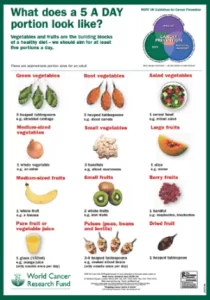Stunting refers to a condition where a child is short for their age. Stunting is associated with poor cognitive and physical development, reduced productive capacity and poor health, and an increased risk of diseases such as diabetes, when the child grows.
- What causes stunting in children?
Poor maternal nutritional and health status before, during and after pregnancy are associated with stunting in children. A mother’s short stature, short birth spacing, and adolescent pregnancy can also contribute to stunting in children. Inadequate or poor infant and young child feeding practices (e.g., poor breastfeeding, not exclusively breastfeeding for 6 months, poor varied diets) and infections can also contribute to stunting in children. - Is my child at risk of stunting?
The ages 0 – 5 years are critical stages, where stunting can occur affecting the child’s growth even in adulthood. - How does one know if their child may be stunted?
Antenatal visits will help to highlight a mother’s nutritional and health status that can put their baby at risk of stunting. Postnatal visits will also help to highlight if a child is at risk of stunting especially during measurement of the child’s height. We recommend that as much as possible mothers do not miss these visits. - My child’s height is too short for their age, what should I do?
Kindly confirm this with your health professional and work with your health professional to design a solution suitable for your child. We recommend you follow your health professional’s advice - What can I do to help prevent my child from being stunted?
Mothers should improve their nutritional and health status before, during and after birth. As much as possible they should not miss their antenatal and postnatal visits. Additionally, breastfeeding should be initiated early, where possible in the first hour and exclusive breastfeeding for 6 months observed. After 6 months, varied and adequate diets should be introduced to the child and environment and water kept clean and safe.
Join the Become A Healthier You community today and find support to become healthier.
Written and reviewed by: Irene Danquah, ANutr
Last page review: 23/12/2021
Next page review: 31/12/2024

